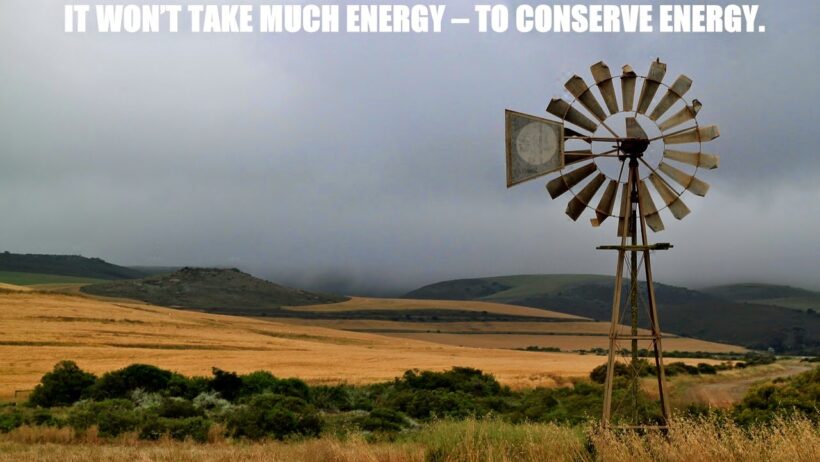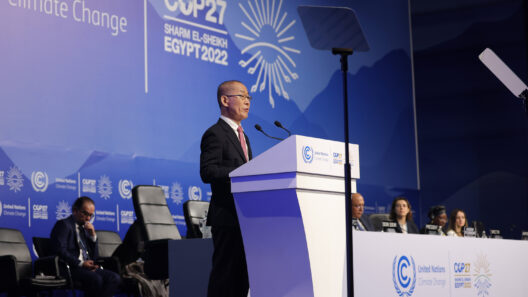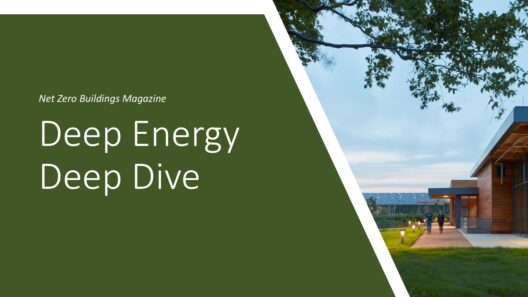In a world increasingly beset by the adverse effects of climate change, the need for energy conservation emerges as a pivotal challenge. One effective avenue to inspire energy conservation is through the power of language—specifically, the creation of impactful slogans. These concise, memorable phrases serve not just as calls to action but also as catalysts for deeper contemplation surrounding our energy consumption habits.
Energy conservation has become more than just an environmental necessity; it is an intricate social movement, woven with threads of responsibility and awareness. Yet, despite the dire implications of energy overconsumption, many individuals remain apathetic. This phenomenon elicits a common observation: people often respond better to compelling messages than to raw data or statistics. Consequently, a well-crafted slogan can transcend mere words; it can illuminate the broader implications of our energy choices.
To inspire energy conservation through slogans, one must first acknowledge the profound psychological aspects at play. Humans are inherently attracted to simplicity and brevity. In an age characterized by information overload, the challenge lies in distilling complex ideas into digestible fragments. A potent slogan encapsulates a message that resonates emotionally and intellectually, creating a personal connection with the audience. For instance, phrases such as “Save Energy, Save Earth” convey immediate understanding while awakening a sense of urgency and accountability.
Although catchy slogans can capture attention, it is essential that they also invite contemplation. Energy conservation often intersects with broader themes such as sustainability, social equity, and even economic viability. A more evocative slogan might delve into these realms, inviting consumers to consider not just the act of saving energy, but the environment’s precarious state. “Use Less, Live More” subtly communicates that a commitment to energy conservation is inherently tied to a better quality of life. It prompts the individual to reflect on their personal consumption and its ramifications.
Furthermore, the construction of slogans can draw upon metaphorical language to deepen the impact. For example, “Light Tomorrow with Today’s Energy” uses metaphor to evoke the passing of time and the consequences of our current actions. This approach is effective because it cultivates a narrative, urging individuals to consider the legacy they leave for future generations. Metaphors allow for complex ideas to be conveyed succinctly, transforming abstract concepts into tangible calls for action.
The strategic deployment of slogans can also be amplified through the use of visual media. Imagery enhances the emotive weight of the slogan, creating a multisensory experience that lingers in the minds of the public. Visual representations of energy conservation can serve as a backdrop, framing the slogan and augmenting its appeal. For example, incorporating visuals of renewable energy sources, or images of families engaged in eco-friendly practices alongside the slogan may inspire communal engagement and collective action.
In contemporary society, social media functions as a powerful vehicle for disseminating these slogans. Platforms such as Instagram, Twitter, and Facebook can transform a well-placed slogan into a viral phenomenon. Engaging graphics combined with impactful slogans can reach a vast audience, turning individual actions into a collective ethos. This collective environment fosters a sense of communal responsibility, galvanizing the public to actively participate in energy-saving initiatives. Communities are more likely to engage with a campaign that presents a unified message, thereby providing layers of support across demographics.
Moreover, education plays a critical role in underpinning these efforts. Slogans alone cannot effect change; they must be accompanied by broader educational initiatives that explain the significance of energy conservation. When individuals comprehend the implications of their energy consumption, they are more likely to change their behaviors. A slogan like “Conserving Energy is our Future” can serve as a rallying cry, leading to educational programs that dive into the realities of energy use, environmental impact, and potential solutions. These programs enhance public understanding, turning passive observations into active participation.
To maximize the effectiveness of slogans, one must consider the target audience. Different demographics respond uniquely to messaging based on their cultural context, values, and experiences. Tailoring slogans to resonate with specific groups helps to ensure that the message is both relatable and compelling. For instance, a slogan aimed at young adults might incorporate contemporary slang to create a sense of relevancy, while one directed at families might emphasize the positive impact on children’s futures. This level of customization enhances engagement and fosters a culture of conservation.
In summary, inspiring energy conservation through slogans represents a strategic convergence of psychology, language, and social action. By crafting messages that evoke an emotional and intellectual response, it becomes possible to shift perceptions surrounding energy use. Empowered by creative slogans, we can spark profound discussions, challenging individuals to reconsider their habits and their broader implications on our planet. Ultimately, as we strive to champion energy conservation, let us remember that every small action contributes to a monumental shift. Together, as we embrace the power of words, we can inspire a sustainable future. Let us start with a slogan—because simple words can lead to spectacular change.







